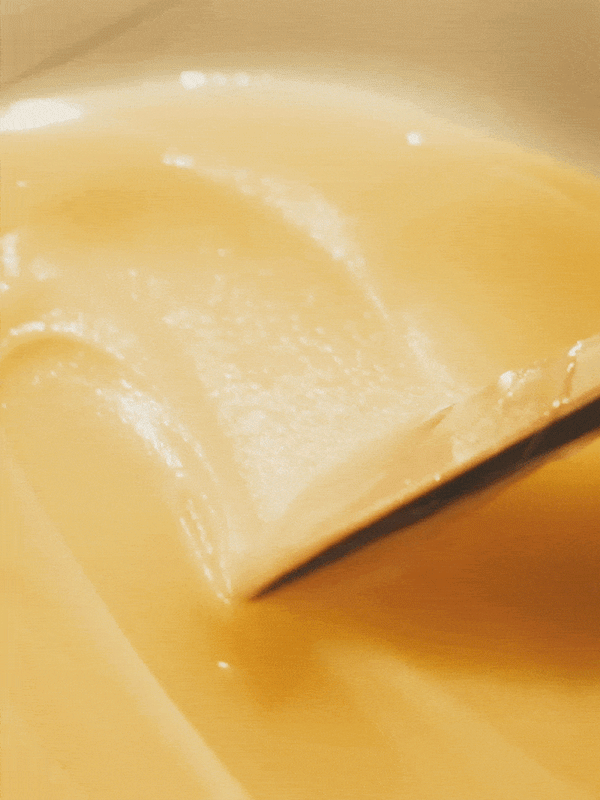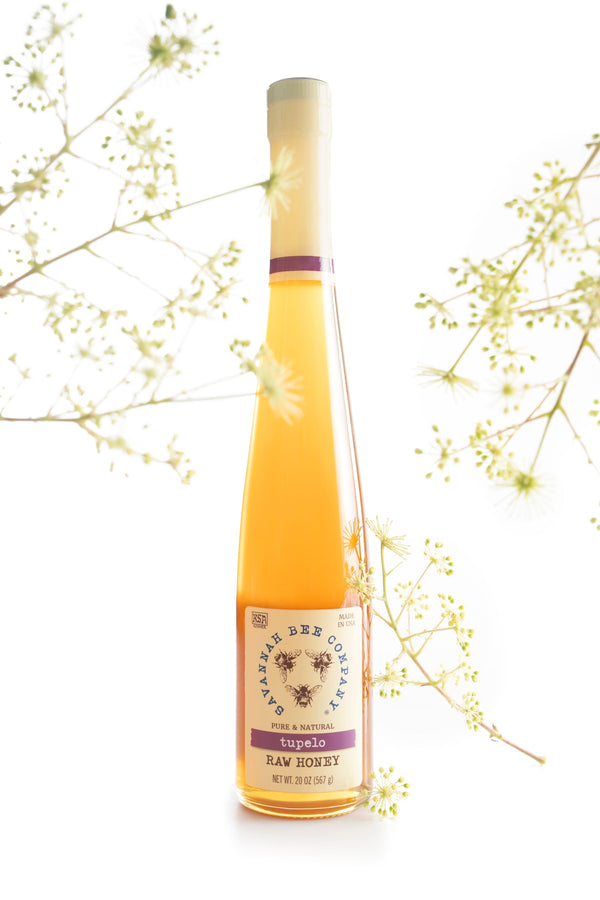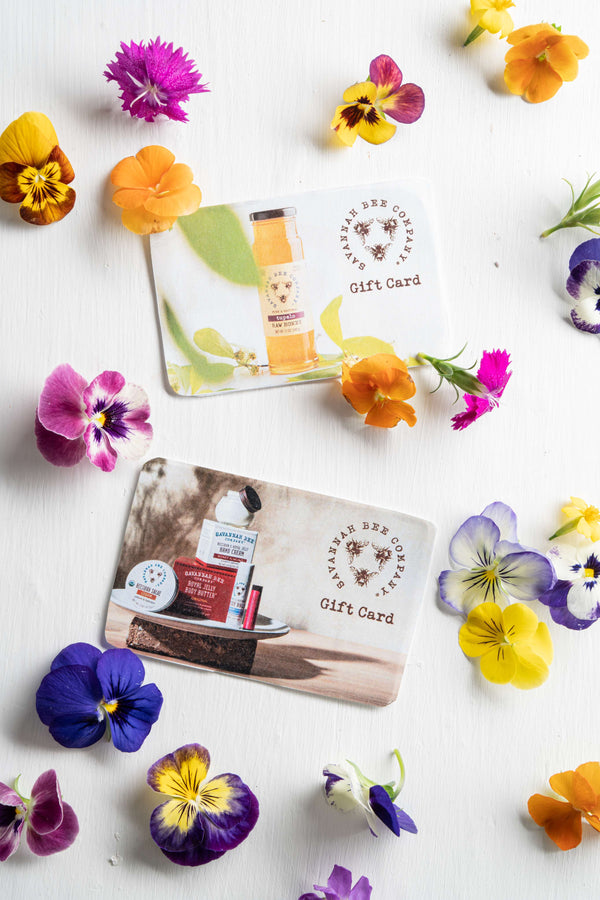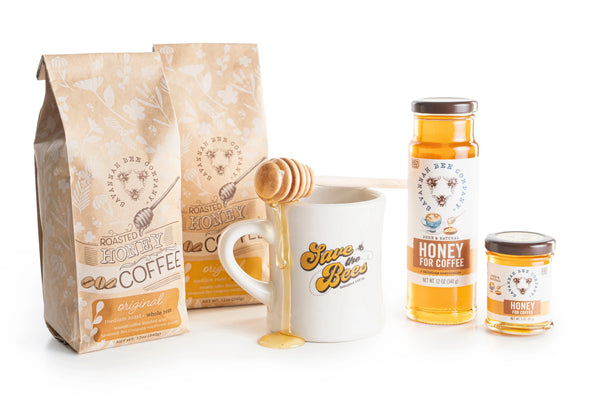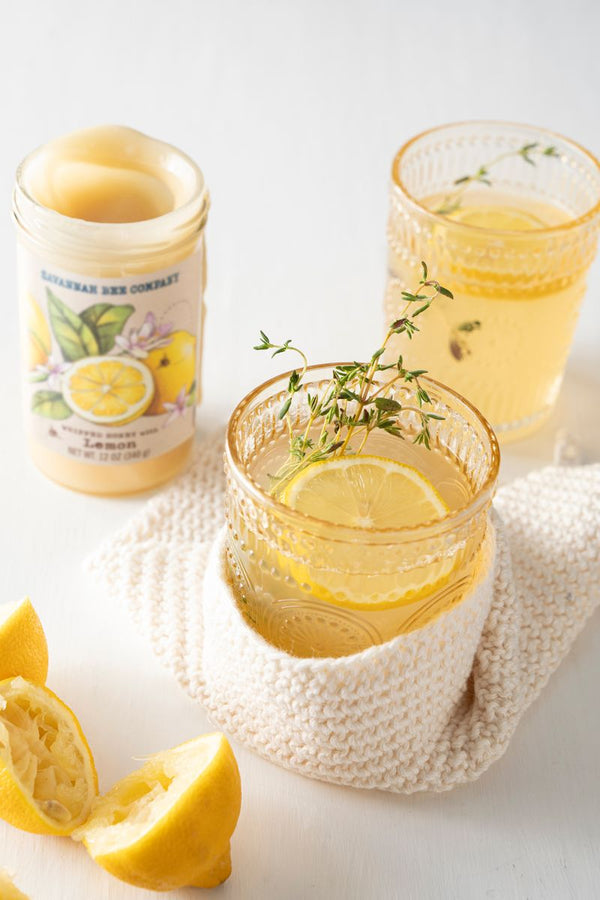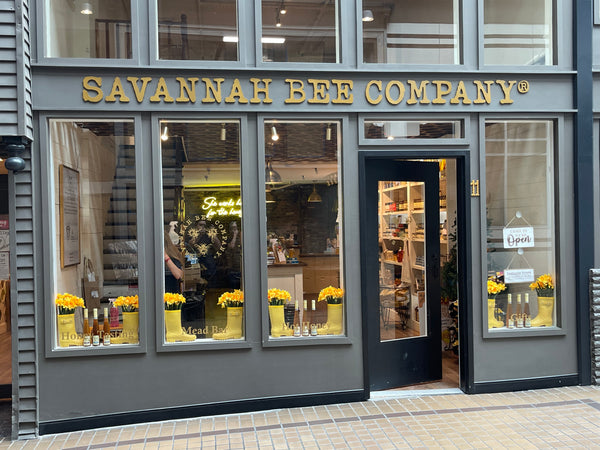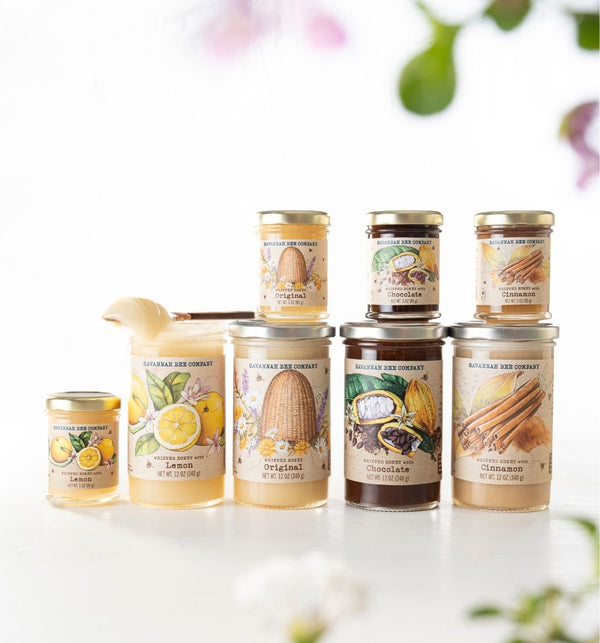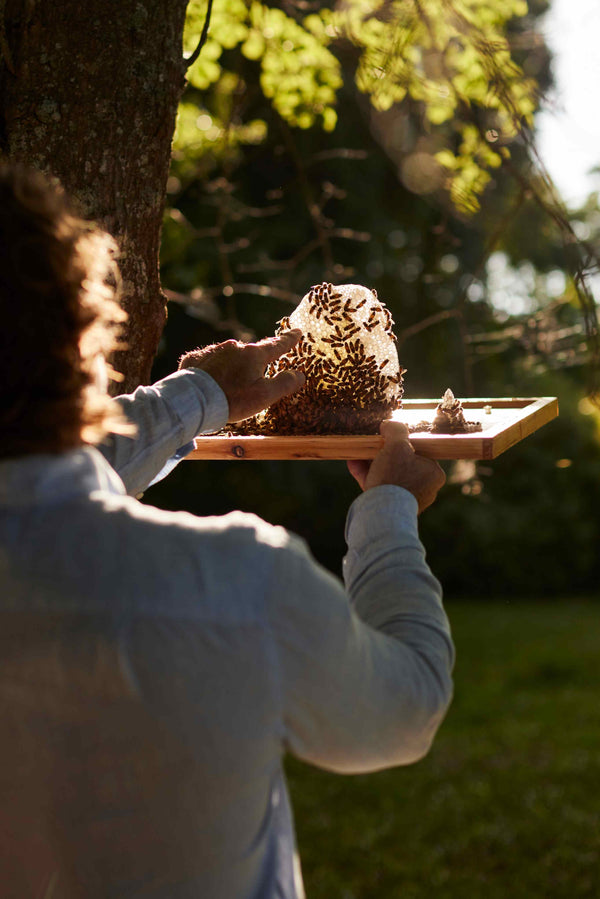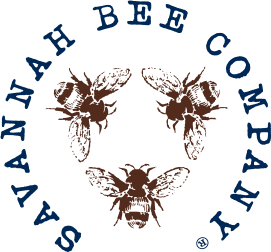What is Lavender Honey?

Nestled in the rugged landscape where the Spanish sierras meet the Portuguese plains, there is a place where the air carries the gentle buzz of bees and the sweet fragrance of lavender.
This region, known for its arid climate, dry summers, and cool winters, provides the perfect backdrop for the wild lavender fields that stretch endlessly across the horizon.

Lavandula stoechas (Spanish Lavender), distinct from its French cousin, flourishes under the watchful eyes of local beekeepers. Supporting a centuries-old tradition of beekeeping in the area, these beekeepers and their bees are doing the important work of pollinating one of the oldest naturally occurring lavender fields in the Iberian Peninsula.
In this pristine environment, bilingual beekeepers work diligently during the blooming season in late May. They strategically place their bee boxes among the lavender, much to the bees' delight. Lavender has been said to be a particular favorite for honeybees because of the ample nectar it produces.

The result is Lavender Honey—a product as timeless as the landscape itself. This honey is celebrated not only for its complex and subtly sweet floral notes but also for its smooth and rich texture that many consider one of the finest in the world.
People often expect the honey to taste like the smell of lavender, like the essential oils, but it’s got its own flavor. The nectar doesn’t taste like the oil from the petals themselves. Savannah Bee Company founder and beekeeper, Ted Dennard, tells us it’s one of his favorites: “It’s slow to granulate, but it’s hard to describe the flavor. It’s sweet and rich — it’s like nothing else in the world.”
The history of beekeeping in this region is as deep and rich as the honey it produces. Within the foothills of the Iberian System mountain range in northeastern Spain, not far from our lavender fields, there are 7,500-year-old cave paintings showing prehistoric humans gathering honey.

The paintings of honey hunters suggest that lavender honey has been cherished since the first humans roamed Europe.
Today's beekeepers maintain these age-old practices, respecting the land and its traditions while continuing to nurture the same species of lavender and bees. “It’s fair to say that we are tasting honey that is the same exact flavor as the honey that ancient peoples were eating,” Ted explains.
The preservation of these wild plants ensures continuity, so when you taste this Lavender Honey, you’re experiencing the same flavors enjoyed by people over 10,000 years ago.
The cultivation of lavender here requires no modern interventions—no irrigation, no fertilizers. It’s the real deal, as authentic as it gets. The beekeepers of today are ensuring that the ecosystem remains intact and that the lavender continues to thrive and bloom under the Iberian sun.

Ted says, “We love that this is one of those vital ecosystems. It’s an important honey. The bees keep this ecosystem intact by pollinating this wild lavender.”
As you drizzle this honey over your morning toast or stir it into a warm cup of tea, you're not just savoring a natural sweetener, you're tasting history.
Each drop carries the essence of the ancient landscape, the dedication of generations of beekeepers, and the soul of the lavender itself. Our Lavender Honey is a sensory journey to one of the most enchanting corners of Europe, where time, tradition, and nature work together to preserve one of the world’s most ancient practices.
#savethebees
Published



